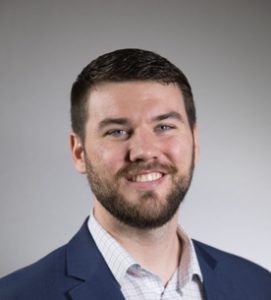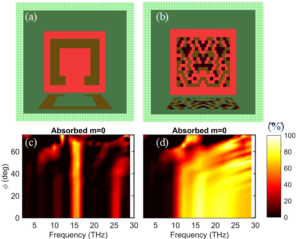Kenneth W. Allen
Georgia Tech Research Institute
Biography:
Dr. Kenneth W. Allen is the Chief Engineer of the Electromagnetics Division of the Advanced Concepts Laboratory at the Georgia Tech Research Institute. His research interests span a variety of topics within electromagnetics such as frequency selective surfaces, antennas, reconfigurable devices, and material characterization. In his areas of research, Ken has over 50 technical publications and serves as an associate editor for the Springer Journal Optical and Quantum Electronics. Ken teaches professional education courses on Radar Cross Section Reduction and developed a course on Electromagnetic Materials and Measurements.
Abstract:
In this work, the three-dimensional cellular architecture for frequency-selective engineered structure (FSES) arrays are designed for a variety of electromagnetic responses in the terahertz (THz) regime. The design is optimized through a process mimicking evolutionary, i.e. a genetic algorithm. The cost functions are rooted in physics based estimations. In a similar fashion, the basis functions are constrained based on state-of-the-art fabrication processes for nanoscale fabrication. As an example, an absorptive response was engineered (Fig. 1). The 3D nature of the cell leads to angularly stable responses, out to 45 degrees for TM-polarization, as shown in Figs. 1(c-d). To highlight the bandwidth of the response, the result is directly compared with a split ring resonator (SRR), Fig. 1(a). The SRR has a resonance straddling 15 THz whereas the 3D FSES with a fragmented pattern is highly absorptive from 15-25 THz, Figs. 1(c-d) respectively.
Figure 1: 3D unit cell for (a) SRR and (b) FSES. Absorption spectra and a function of angle for the (c) SRR and (d) 3D FSES


